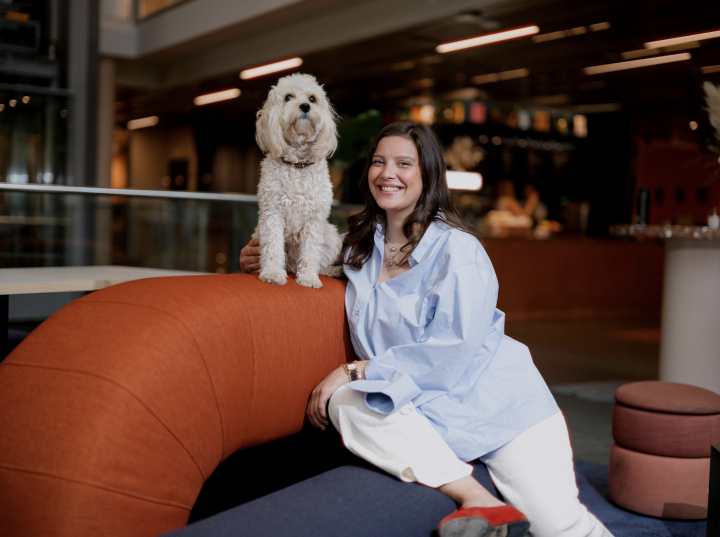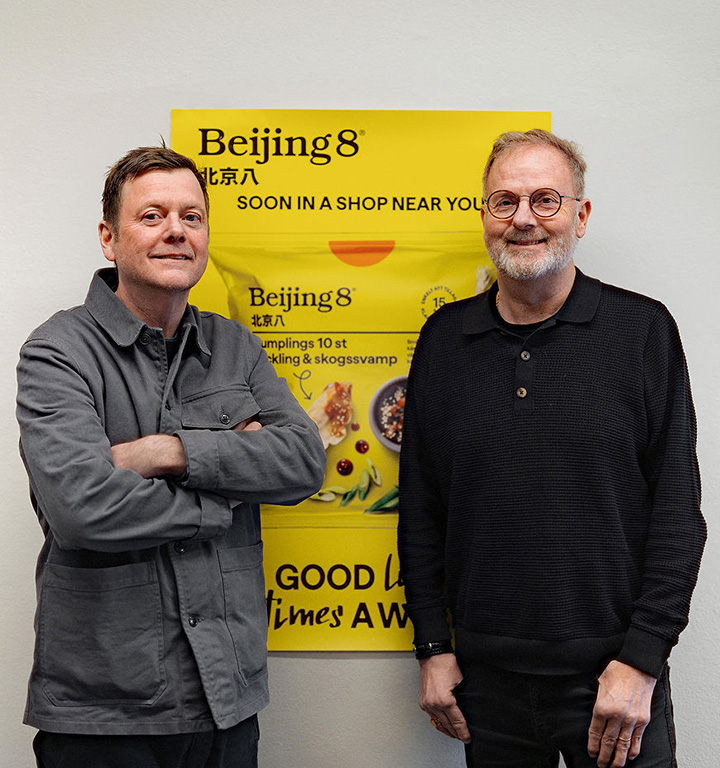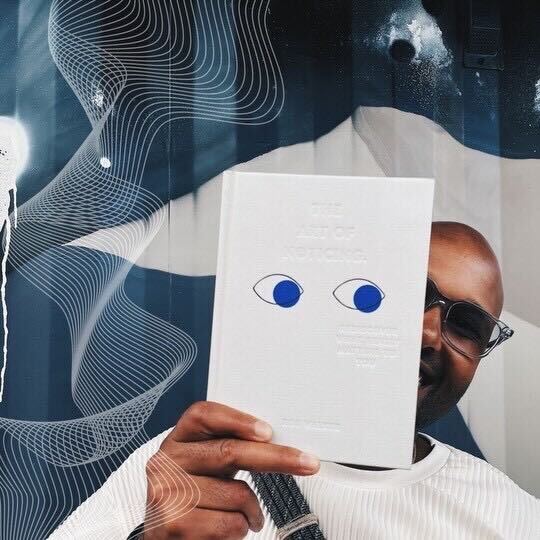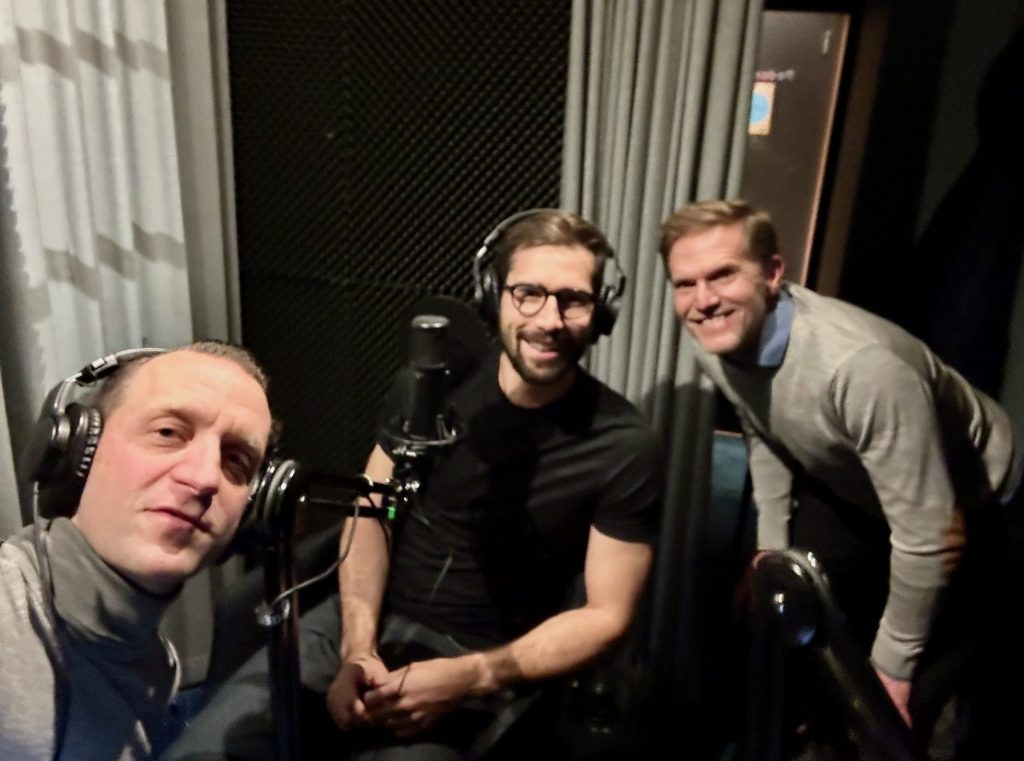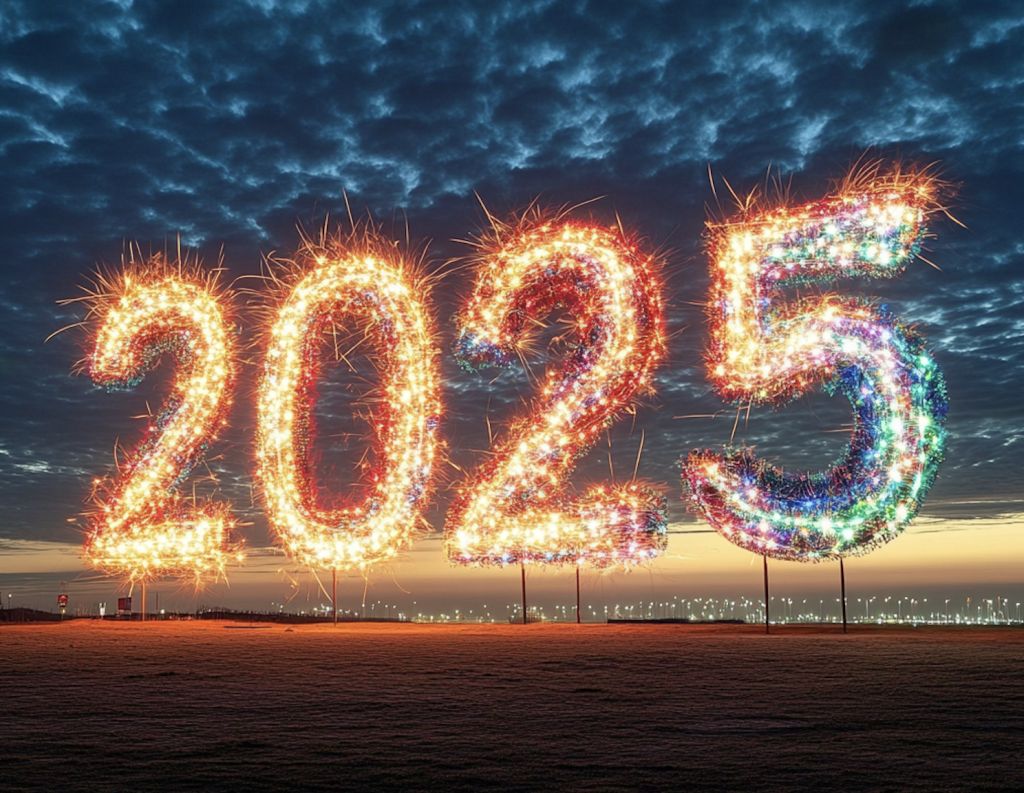Today, there are coworking spaces everywhere you look in all the major cities in the world. But it’s only recently that the phenomenon has really exploded. Before that, coworking was a specialized product that only some companies used.
Below, we’ve listed some important years in the history of coworking. Both internationally and in Sweden.
1995 – The first coworking space – C Base – was founded by hackers in Berlin and was called “Hackerspace”. The idea was to share both space and knowledge in order to work on coding projects together. After that, some hackerspaces started adding seminars and social events, which made it more mainstream and lead to the opening of more coworking spaces. At the end of 1995, there were “Hackerspaces” in San Francisco, Santa Clara and Brooklyn, and the trend kept growing.
1995 – The term “coworking” was initially coined by Bernard DeKoven, encapsulating the concept of “collaborative work among equals.” It was envisioned as a scenario where freelancers or individuals employed by various companies could come together, sharing insights and resources within a communal network. Thus, at its inception, “coworking” referred more to the act of collaborative work rather than the dedicated spaces we associate with the term today. This early definition laid the groundwork for the evolution of coworking, emphasizing the importance of community and shared knowledge in the workplace.
“Working together as equals.”
BERNARD DEKOVEN ON THE DEFINITION OF COWORKING
1998 – Sweden’s first coworking space opened on Sveavägen 9, in Stockholm, and in the so called Hitech Building. The place was called “The Summit of Hitech Building” and was inhabited by the dot-com companies during the bubble at the end of the 90s. Letsbuyit.com had over 100 desks.
2002 – In 2002, two Austrian entrepreneurs pioneered an innovative “entrepreneurs’ center” named Schraubenfabrik, located in a repurposed factory in Vienna. This initiative was aimed at creating a collaborative environment where entrepreneurs could synergize, moving away from the isolation of working independently.
Schraubenfabrik quickly became a melting pot for diverse professionals, including PR consultants, startups, and freelancers, making it a beacon for what we recognize as coworking today. It was more than just a shared office space; it was a community hub where like-minded individuals could connect, share ideas, and create together. This approach not only facilitated networking and collaboration but also laid the foundational principles of coworking by emphasizing community, shared knowledge, and mutual support among different professions
● ● ● ● ●
2005 – Brad Neuberg opened what’s known as one of the first coworking spaces in the world – San Francisco Coworking Space. He thought home offices and classic office hotels were antisocial and counterproductive. The space offered desks, free WiFi, shared lunches, collective bike rides, meditation and massage, and closed at 17:45 sharp.
The same year, St. Oberholz opened their first free internet cafés in Berlin. St. Oberholz is still a meetup point for startups in Berlin and the upper floor is lively and aglow every day.
2006 – In 2006, the evolution of coworking spaces took a significant leap forward when the San Francisco Coworking Space, initially launched by Brad Neuberg, was rebranded as the Hat Factory. This transformation marked a pivotal moment in the coworking movement, especially with the addition of Chris Messina, who would later become renowned for inventing the Twitter hashtag, as one of the founding members alongside Brad Neuberg and Tara Hunt. The Hat Factory distinguished itself as a live-work loft where technology and creative professionals could collaborate in a shared environment, setting a new standard for coworking spaces.
2007 – The word “coworking” was first seen on Google and the searches increased immensely. The term “coworking” became established and entered the English version of Wikipedia.
2008 – At the end of 2008, there were about 160 coworking spaces in the world and the growth continues to accelerate.
● ● ● ● ●
2009 – Betahaus opened in Germany, and was the biggest coworking space to open in Europe up to that point. Germany was in the lead of the development of coworking in Europe.
2010 – The first #CoworkingDay was celebrated by the movement on August 9 and is still celebrated every year. The first coworking conference was held in Brussels. At this time, there were 600 coworking spaces all over the world, with over half of them being in North America. WeWork was founded by Adam Neuman and Miguel McKelvey.
● ● ● ● ●
2011 – The first “Coworking Unconference” was held in Austin, Texas. Angel investors start a network of new spaces. Big companies began exploring coworking and opened their own coworking spaces, specialized in corporate coworking.
2012 – A milestone is reached – 100 000 members collaborate in coworking globally. During the summer, coworking spaces amount to 3000. Most are still sole companies, and there were still only a few chains or large companies.
● ● ● ● ●
2015 – The New York Times wrote about a new idea – combining coworking with traveling. The article was called “Co-Working on Vacation: A Desk in Paradise” and was about combining coworking with coliving on Gran Canaria on the Canary Islands. The surf office was born and grew to get many followers from different places in the world. It was also the start of the “workcation” trend for digital nomads, people who could bring their work to any location in the world.
2016 – HSBC moved their employees to a coworking space in September. This is just one of many examples of big companies choosing to cowork. KPMG rented hundreds of splaces for their employees in London and New York. Microsoft and IBM also chose to let their employees work from coworking spaces. This trend with big companies choosing coworking is expected to keep growing.
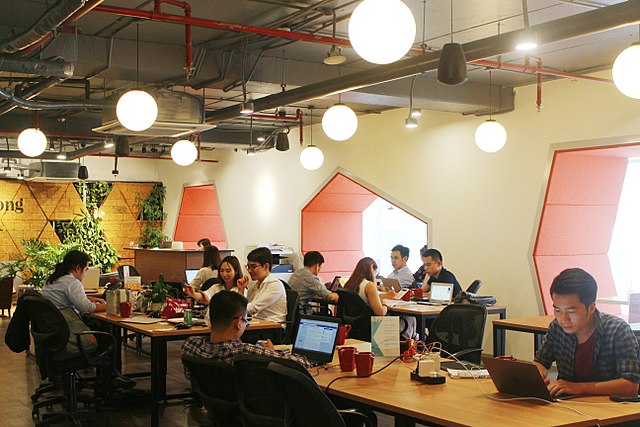
2016 – The combination of coworking and coliving continued to develop, and WeWork launched coliving in New York. They were micro-apartments with one or two bedrooms. They were furnished and ready. Each coliving unit also had a community manager that solved practical questions or planned events.
2017 – Helio GT30 opened in Stockholm. It was the first house of its kind in Scandinavia, where 11 500 square meters of offices were built into a collaborative workspace with coworking, gyms, restaurants, a bar, podcast studios, event rooms and outdoor offices.
“Neumann told a reporter in 2017 that WeWork’s 11-figure valuation had less to do with its revenue than its “energy and spirituality.” In a recent promotional video, he intoned, “The single most powerful word is the word ‘we.’ ”
2017 – WeWork grew in value and beceme the most valuable tech company in the US along with Uber and AirBnB. Together, they were worth 47 billion dollars. Now, 1,2 million people in the world work in coworking spaces.
2018 – More and more investors began showing interest in the market, and apart from WeWork, Knotel, Convene, Industrious, TOG and Mindspace they began expanding rapidly globally. Real estate companies also began working on their own concepts to keep up the fight for tenants.
2018 – Coworking still grew exponentially and different operator rented over 20% of all the new office spaces in London in 2018.

2019 – WeWork imploded with a failed IPO that lead to CEO Adam Neuman’s dramatic departure. WeWork’s value dropped quickly from $47 billion to $3 billion, which made it possible for the biggest investor SoftBank to take control over the company and change the management.
2020 – The global pandemic hit the industry hard and there’s been talk about whether offices will actually be needed at all in the future. On the office market, an uncertain future is to be met, where many industry experts think that the future trend will be cutting bigger offices and replacing those with coworking spaces.
2021 – The industry showed its resilient growth and expansion, despite the ongoing challenges of the COVID-19 pandemic. This growth was not just in terms of the number of coworking spaces, which increased globally by 28.3%, but also in the diversity and spread of these spaces across continents and countries. Particularly notable were the expansions in Europe, Asia, and North America, with the United States, India, and the United Kingdom leading in new coworking space additions.
This trend not only highlighted the industry’s recovery from the pandemic’s impact in 2020 but also reflected a broader shift in the global workforce towards more flexible, decentralized work environments. This resilience and adaptability of the coworking industry signified a fundamental shift in how people and organizations approach workspaces, emphasizing the growing importance of flexibility, community, and sustainable working environments in the post-pandemic era
2023
The most important development in the coworking industry in 2023 was its dynamic growth and evolution, heavily influenced by the fallout from WeWork’s bankruptcy. This event, while initially viewed as a setback, turned out to be a catalyst for positive change within the coworking sector. The closure of WeWork locations opened up opportunities for smaller, more agile coworking operators to emerge and fill the void, offering more diverse and specialized services tailored to specific community needs. This shift signified not just a spatial redistribution but also an evolution in the coworking concept, emphasizing niche and hyper-localized offerings.
Additionally, 2023 witnessed a growing emphasis on sustainability, digital technology integration, and the increasing popularity of coliving spaces. These trends collectively represented a shift towards more eco-friendly, tech-savvy, and lifestyle-integrated coworking environments. The adaptation to hybrid working models became more pronounced, with a substantial rise in demand for flexible work arrangements. The coworking market’s continued expansion, projected to reach substantial valuations by the end of the decade, underlined its integral role in the future of work.
If you’re looking for a new office or are interested in coworking, you can always check out our memberships here. We’re always available at info@helio.se or at 08 522 232 00 for any questions!
(Source: Deskmag.com)

